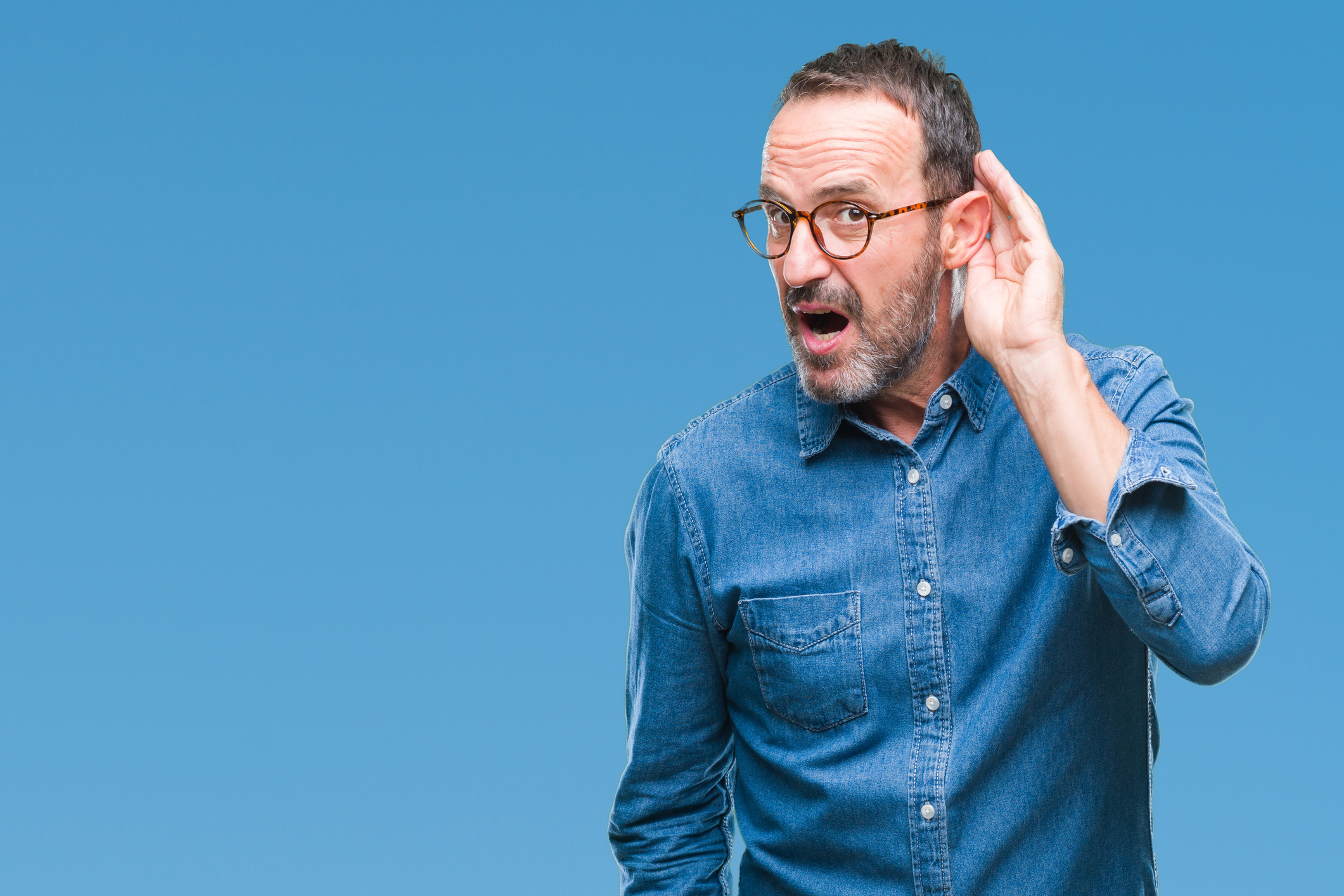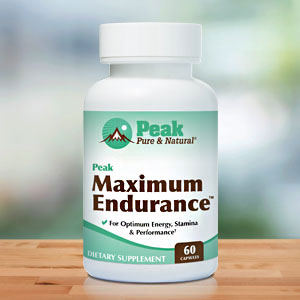Get Easy Health Digest™ in your inbox and don’t miss a thing when you subscribe today. Plus, get the free bonus report, Mother Nature’s Tips, Tricks and Remedies for Cholesterol, Blood Pressure & Blood Sugar as my way of saying welcome to the community!
Being active may help you hold onto your hearing

Staying physically active is one of the best things we can do for our health. In fact, studies show that exercising in middle-aged to older age improves quality of life, boosts physical and cognitive functions, and lowers the risk of heart disease and death.
Yet, despite all the evidence demonstrating the health benefits of physical activity, many of us refuse to give up our “couch potato ways” — ways that may have only gotten worse over the past year, thanks to the pandemic.
Now, however, more evidence has been revealed that could inspire you to get moving, even if those previous studies weren’t quite enough to do the trick…
Exercise could be the key to saving your hearing as you age.
Age-related hearing loss
According to the National Institute on Deafness and Other Communication Disorders (NIDCD), approximately one in three people between the ages of 65 and 74 in the U.S. suffer from some level of hearing loss. And close to half of those over 75 have difficulty hearing.
This type of hearing loss usually occurs in both ears and comes on so gradually that you might not even realize it’s happening.
It’s generally caused by changes in your inner ear that occur as you get older. But that doesn’t mean you have to just sit back and wait for it to happen — not when all it could take to keep your hearing sharp is spending a little more time at the gym, on that treadmill or just taking walks through the park.
The auditory dangers of a sedentary lifestyle
A team of researchers recently followed 291 participants, each rated on their level of physical activity — including how much time they spent exercising and the intensity of the exercise they performed. The scientists also looked at whether or not participants who were once active transitioned to a sedentary lifestyle. Then, they rated each person’s hearing abilities.
And after adjusting for other factors like age, sex other health conditions and more, what they discovered was this:
- Hearing loss was significantly associated with less time spent in moderate-to-vigorous physical activity. In fact, just 5.53 minutes less per day of this type of exercise led to far greater hearing losses.
- Loss of hearing was also associated with just 28.55 minutes less per day spent in light-intensity physical activity.
- And those who spent just over 34 minutes extra each day being sedentary or started out active, but then became sedentary, were more likely to suffer hearing loss.
According to the finding, less exercise actually accelerated the age-related loss of hearing by:
- 7.28 years for a lack of moderate-to-vigorous physical activity
- 5.84 years for those who didn’t get enough light-intensity physical activity,
- And a whopping 10.53 years for those who transitioned from an active to a sedentary state
Move, move and move some more
So if you want to protect your hearing and prevent hearing loss as you age, it’s time to get (and stay) active!
Light intensity activities to try include:
- Walking slowly
- Light housework such as making the bed
- Cooking
- Going shopping
- Walking around your office
Moderate-to-vigorous intensity exercise could include brisk walking, jogging, swimming, shooting a basketball, or playing doubles tennis.
To keep your hearing, choose the activities that are right for your health level and stick to a regular schedule of exercise.
Editor’s note: Are you feeling unusually tired? You may think this is normal aging, but the problem could be your master hormone. When it’s not working, your risk of age-related diseases skyrockets. To reset what many call “the trigger for all disease” and live better, longer, click here to discover The Insulin Factor: How to Repair Your Body’s Master Controller and Conquer Chronic Disease!
Sources:
Analysis of Hearing Loss and Physical Activity Among US Adults Aged 60-69 Years — JAMA
Age-Related Hearing Loss — NIH
Light, Moderate, And Vigorous Activity — SDSU Extension













